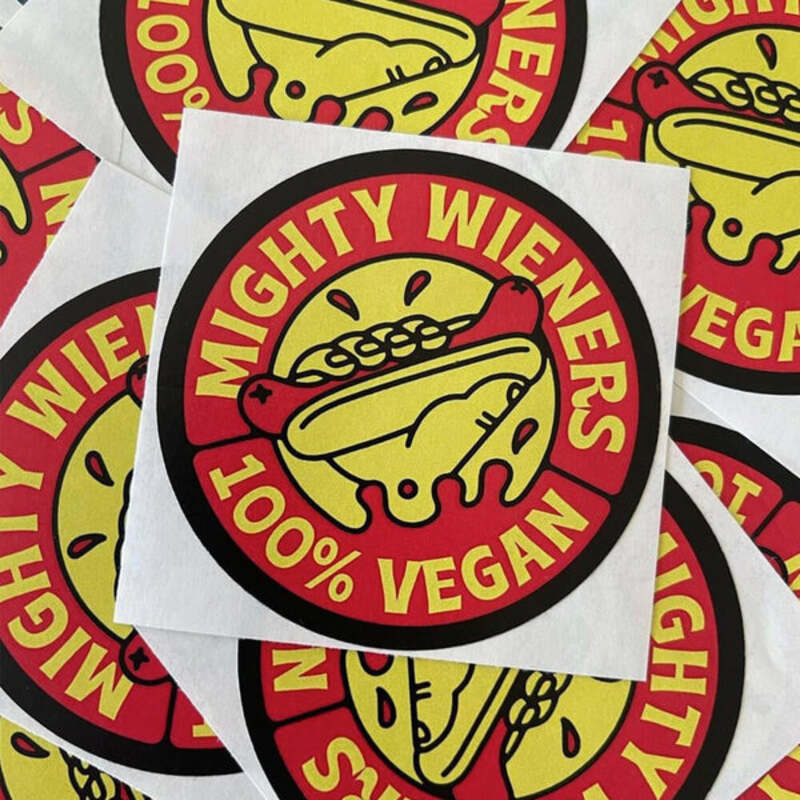The Evolution of Beer Packaging A Journey Through Time
Beer, one of the oldest and most widely consumed alcoholic beverages in the world, has a rich history that extends back thousands of years. As the brewing industry has evolved, so too has beer packaging. Today, the way beer is packaged is not just a matter of convenience; it has become an integral part of branding, marketing, and even the overall drinking experience. This article explores the journey of beer packaging from its ancient roots to the modern innovations we see today.
Ancient Beginnings
The origins of beer packaging can be traced back to ancient civilizations. The earliest beers were likely stored in clay jars and amphorae. These containers were practical for transporting and storing liquids, but they were also heavy and cumbersome. As trade networks developed, brewers sought more efficient ways to package their products. The introduction of glass by the Egyptians around 2000 BC marked a significant advancement in beer packaging. Glass not only offered protection against contaminants but also allowed consumers to see the product inside.
The Rise of Bottles
By the 17th century, beer was commonly being sold in glass bottles. The invention of the mechanical bottle-making machine in the late 19th century revolutionized beer packaging further. Bottles became more affordable and accessible, leading to a boom in craft breweries. The use of labels allowed breweries to differentiate their products and establish brand identities. These early labels often featured intricate designs and artwork, giving each beer a unique personality and appealing to consumers’ tastes.
Cans A Game-Changer
The introduction of aluminum cans in the 1930s marked yet another pivotal moment in beer packaging. Cans offered several advantages over bottles, including lighter weight, better protection from light, and the ability to be more easily stored and transported. Initially met with skepticism by consumers, canned beer quickly gained popularity, especially during World War II when packaging efficiency became crucial. By the 1960s, cans had become the dominant form of beer packaging in many markets.
beer packaging

Sustainability and Innovation
In recent years, sustainability has emerged as a critical consideration in beer packaging. As consumers become more environmentally conscious, breweries are recognizing the importance of eco-friendly packaging materials. Many are now opting for recyclable or biodegradable options and reducing waste in their production processes. Innovations such as stainless steel growlers, reusable bottles, and lightweight aluminum cans not only help reduce environmental impact but also cater to a new generation of consumers who value sustainability.
The Role of Design and Branding
Today, beer packaging goes beyond mere functionality; it plays a crucial role in branding and marketing. The visual design of beer labels and packaging can significantly influence consumer choices. Breweries invest heavily in creating eye-catching designs that reflect their brand's story and values. Limited-edition releases and seasonal packaging keep consumers engaged, offering a sense of novelty and exclusivity. The rise of craft beer has further fueled this trend, as small breweries often rely on unique and creative packaging to stand out in a crowded market.
The Future of Beer Packaging
Looking ahead, the future of beer packaging is likely to be shaped by technological advancements and evolving consumer preferences. Smart packaging, which incorporates digital innovations such as QR codes and augmented reality, may soon become commonplace. These technologies can provide consumers with interactive experiences, sharing information about the brewing process, ingredients, and the brewery’s history. Moreover, as the craft beer movement continues to thrive, we can expect to see even more creativity and experimentation in beer packaging.
In conclusion, beer packaging has come a long way from its ancient origins to the contemporary designs we see today. With an emphasis on sustainability, branding, and technological innovation, the future of beer packaging looks promising. As breweries adapt to changing consumer preferences and environmental concerns, beer packaging will continue to evolve, ensuring that this beloved beverage remains a staple in our lives.



